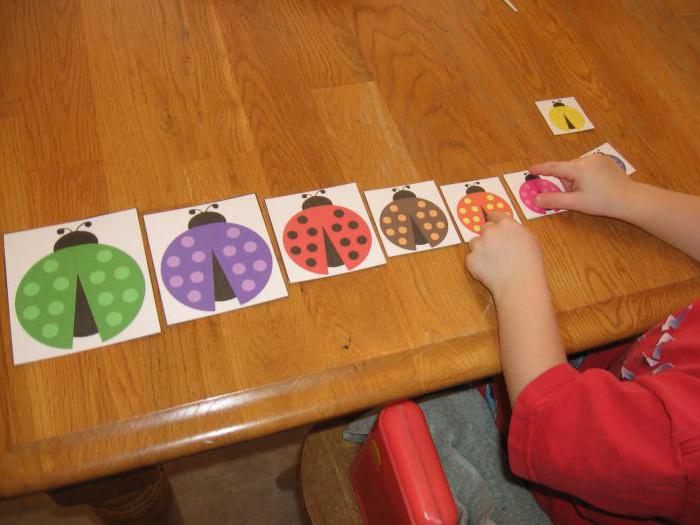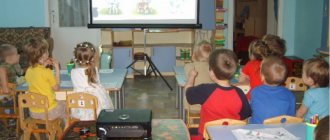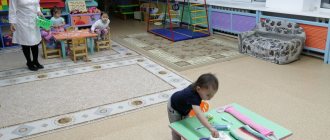Calendar and thematic planning
Work on developing mathematical concepts in children is carried out throughout the school year, gradually becoming more complex. First, the material studied in the middle group is consolidated, then new knowledge is given in portions. They systematically return to the topics they have covered and improve their acquired skills. At the end of the school year, the turn of generalizing, testing classes begins.
An annual plan, which includes the distribution of program tasks by month, helps manage the educational process. Educators develop in advance the goals and topics of FEMP classes in the senior group. Pomoraeva, in collaboration with Pozina, published a manual designed to help them with this. The structure of classes they proposed consistently solves all the tasks provided for in the program, skillfully combining them.
Didactic material
Cards, pictures, counting sticks, measurements, toys and other attributes help to understand the topic of the FEMP lesson in the senior group. The child must place one strip next to the other to figure out which is longer; divide the sheet into parts and come to the conclusion that the whole is always greater. Practical work is present in every lesson, so a variety of didactic material is used.

It can be:
- volumetric numbers and cards with their images;
- tables with different numbers of items;
- small toys, barrels, sticks, geometric figures for counting;
- strips of various lengths and widths;
- pictures depicting different seasons, parts of the day;
- games for spatial orientation: maps, labyrinths, room diagrams;
- entertaining cubes, Dienesh blocks, Cuisenaire sticks, Rubik's snakes;
- numerical and geometric lotto, dominoes;
- board games “Number houses”, “Collect a picture”, etc.
Decoding the concept
FEMP is an abbreviated name. The full name of the discipline sounds like “formation of elementary mathematical concepts.” The concept arose within the framework of preschool pedagogy. The Federal State Educational Standard points out the importance of preparing children for successful mastery of school mathematics, while placing emphasis on their comprehensive development.
According to modern standards, training should not resemble “drilling”, dull coaching. A child must not only be able to count to 10 back and forth, but also analyze information, compare, classify various phenomena, identify general patterns, be smart, and argue their point of view. All this should be taken into account when organizing classes on FEMP in the senior group. The “From Birth to School” program was developed as a guide for educators.
Approximate program according to Federal State Educational Standards: senior group
FEMP classes for children 5-6 years old involve studying the following sections:
- Quantity and counting (counting forward and backward within 10, ordinal numbers, the concepts of “less”, “equal”, “greater”, the ability to add and subtract the number “one”, writing numbers, creating sets according to various criteria).
- Size (comparing objects by length, height, thickness, width; the ability to divide a whole into parts and determine which is larger).
- Shape (repetition of well-known geometric figures, introduction to the oval, introduction of the concept of “quadrangle”).
- Orientation in space and on a sheet of paper (consolidation of the concepts “left-right”, “front-back”, “top-bottom”, “front-back”, prepositions of place).
- Ideas about time (parts of the day, sequence of events: “yesterday-today-tomorrow”, “earlier-later”).


